Prehistoric vestiges
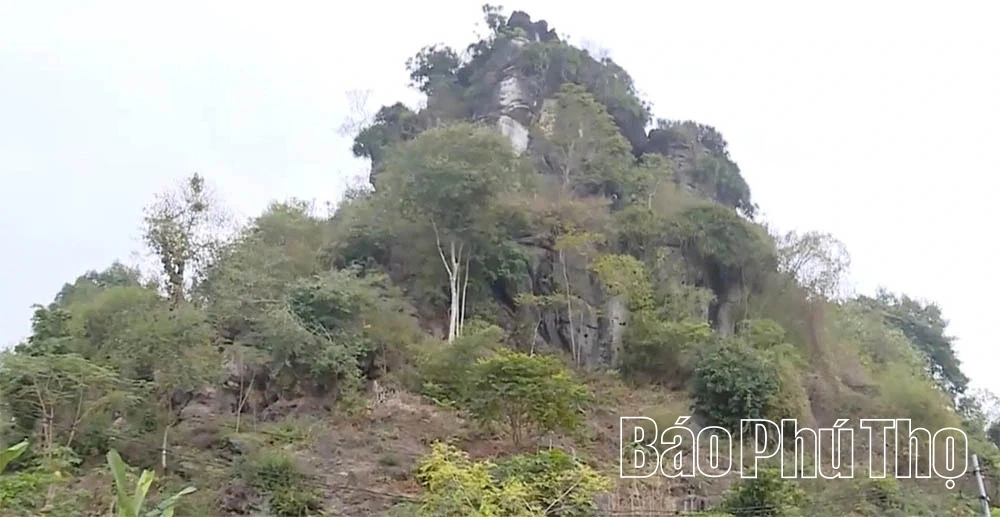
The rocky mountain where the cave of Trai hamlet is located.
Indeed, Xom Trai cave has many special features. The cave door and the cave dome are equally wide, creating a beautiful arc shape. The cave is airy, and light can penetrate to the bottom. 5 meters from the cave door, there is a large limestone block in the middle. This is a stalactite that fell from the cave ceiling and according to archaeologists, it may be the same as the stone falling phase in Southeast Asia about 12,000 to 8,000 years ago.
From a large stalactite block, water from above continues to drip down to form a hard stalactite floor made of shells and other cultural relics. Since the Lang Dao period in Muong land, people have relied on the hard floor of this stalactite mat and the Buddha-shaped stalactite block in the corner of the cave wall to build a temple to worship Buddha. Therefore, in the past, people in the area often called it Chua cave.
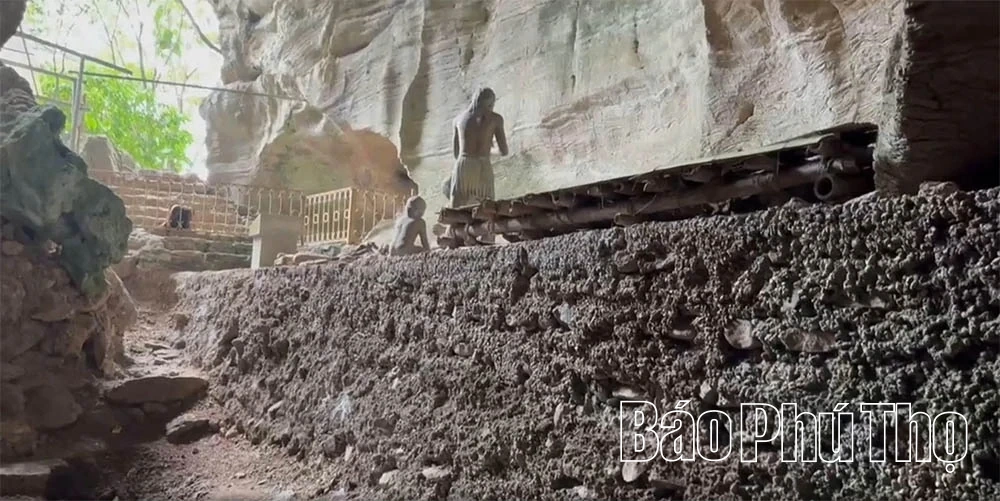
The cave is airy and full of light.
Looking from the outside of the cave, the cave floor slopes gently from the entrance to the bottom. In front of the cave is the foot of a rocky mountain sloping down to a fairly wide and flat valley, with Lan stream flowing through all year round with cool water. Going deep into the cave, observing the grooves on the wall, one can see a cultural layer up to 4m thick, including lime clay containing food remains of ancient people, shells of mollusks, mainly stream snails with broken tails (similar to the way Muong people eat snails). The number of snail shells is large, with about 30,000 shells/m 3 . The snail sample is determined to be nearly 17,000 years old.
Since its discovery in 1975, there have been many explorations and excavations in the cave for research purposes. Most notably, the first excavations by the Institute of Archaeology in collaboration with provincial authorities were carried out in 1980, 1982, and 1986. Next was the period when provincial authorities coordinated with the Southeast Asian Prehistory Center to excavate after 2000. Thereby, a large amount of valuable relics and artifacts were collected in prehistoric research.
At a depth of nearly 1m, there is a layer of burnt snail shells 0.5 - 0.8m thick and distributed almost all over the cave surface. Along with animal bones and shells, seeds of some fruits and herbs show traces of charcoal, ash, and fire; confirming that the cave was a residence of prehistoric people in many stages, from about 21,000 years ago to 2,500 years ago. Burned rice grains... are evidence of a primitive wet rice agriculture .
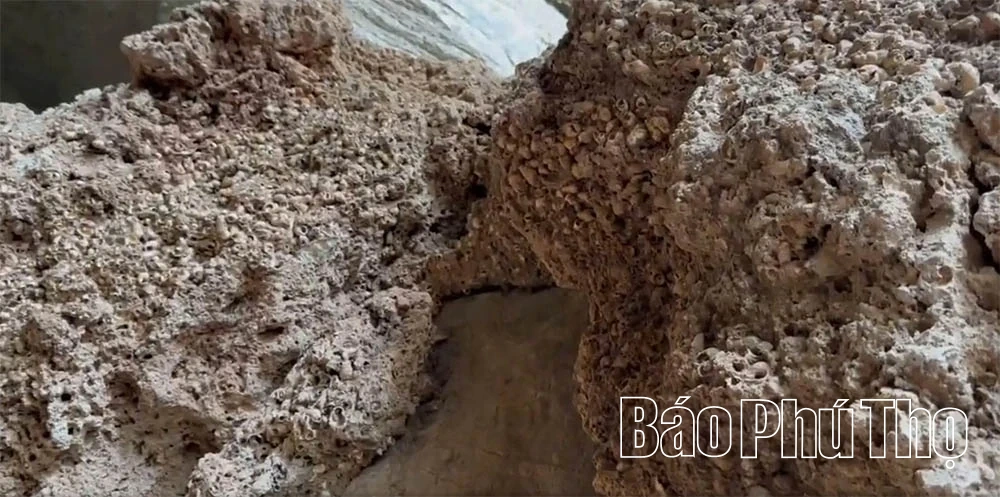
In Trai hamlet cave there are large quantities of 17 thousand year old snail shells.
In particular, archaeologists discovered a 17,000-year-old tomb and the earliest entrance to the cave of the first people to use this cave. Following the ancient path determined to be 21,000 years old, we seem to return to the beginning of heaven and earth.
Through excavations in the cave, over 5,000 artifacts were collected, including 1,441 stone artifacts, over 100 bone and horn artifacts of various kinds, and many artifacts that were traces of food of prehistoric people. From the collected documents, it can be seen that this relic was both a place of residence, a place of stone and bone crafting, and a place for burial of ancient residents. The traces of residence are continuous, in many stages from the late Paleolithic period to the early Neolithic period and up to the late Neolithic period.
Special value
The relic of Xom Trai cave has great historical, scientific and cultural value. This is a typical Hoa Binh cultural relic in the Hoa Binh region in particular and in Vietnam as well as the Southeast Asia region in general. Through the overall study of stone artifacts, it shows that the crafting technique is very skillful. The number of large-sized tools has enriched the Hoa Binh cultural relics and is a valuable document to study the living and economic forms of prehistoric times.
The rich system of fruit seed samples in the cave is located in the primitive cultural layer - a unique phenomenon of Hoa Binh Cultural relics in Vietnam and Southeast Asia. At the same time, it is the only repository of primitive fruit seed samples preserved in situ in our country, with valuable research value and indicative of the ancient environment.
The traces in the cave are vivid reality recreating the life of prehistoric people, affirming that Hoa Binh land is the cradle of ancient Vietnamese people. This is truly an open-air "cultural museum" that is most authentic about the origin.
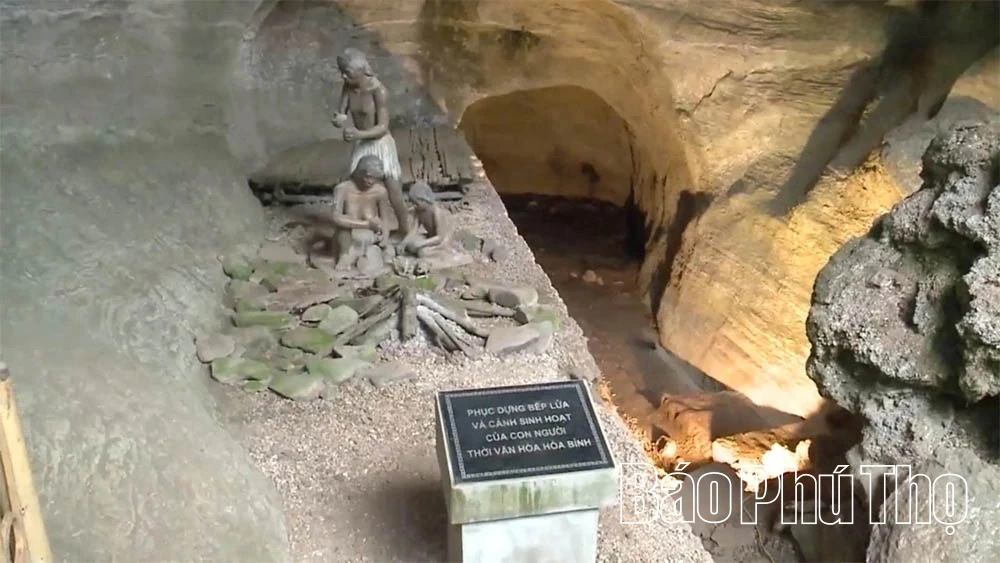
Re-enactment of the fireplace and living scenes of prehistoric people.
With special value, half of the cave area has been recreated with a ground plan and cultural layer, creating a perspective of prehistoric people's activities around the fire. The remaining part remains in its original state after excavation, the cave entrance and the cave wall still retain a part of the original cultural layer which is valuable for in-depth research on Hoa Binh Culture.
The wooden pagoda was moved out of the cave and named Trai Son Coc Tu. This is a place to burn incense to commemorate ancestors, to show respect and to meet the religious needs of the community. After the Lunar New Year, there is a festival to bring Buddha from the cave.
As a vivid vestige of prehistoric times, Trai hamlet cave has become a destination for many research groups and domestic and foreign tourists, opening up a direction for the development of cultural and historical tourism .
Cam Le
Source: https://baophutho.vn/ve-hang-xom-trai-kham-pha-cuoc-song-cua-nguoi-tien-su-242023.htm














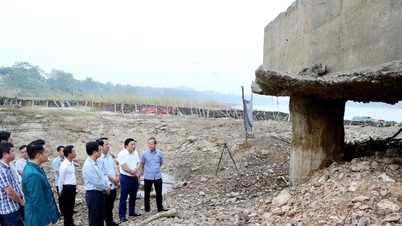



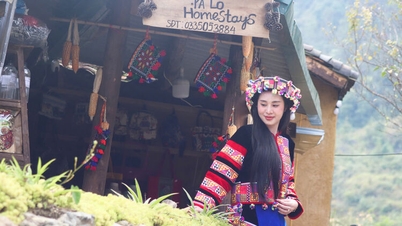

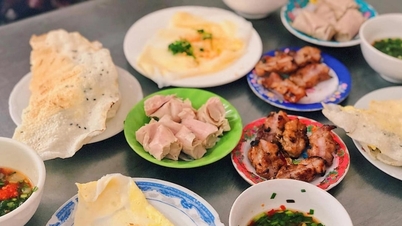










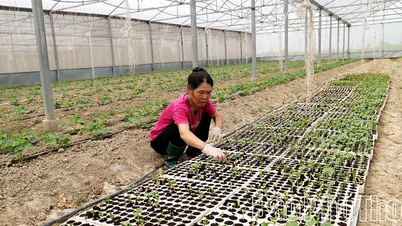
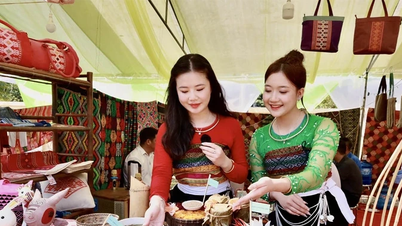







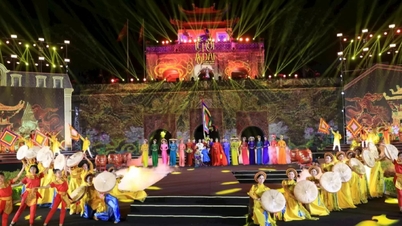

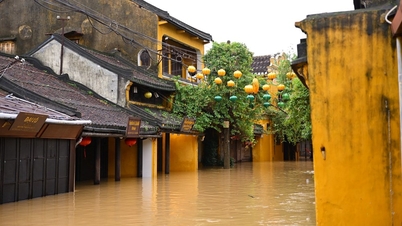









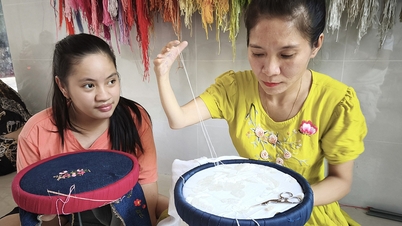




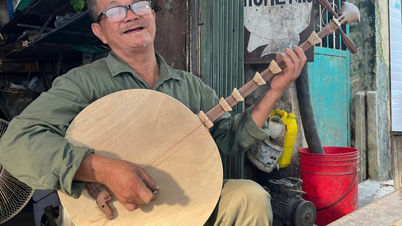








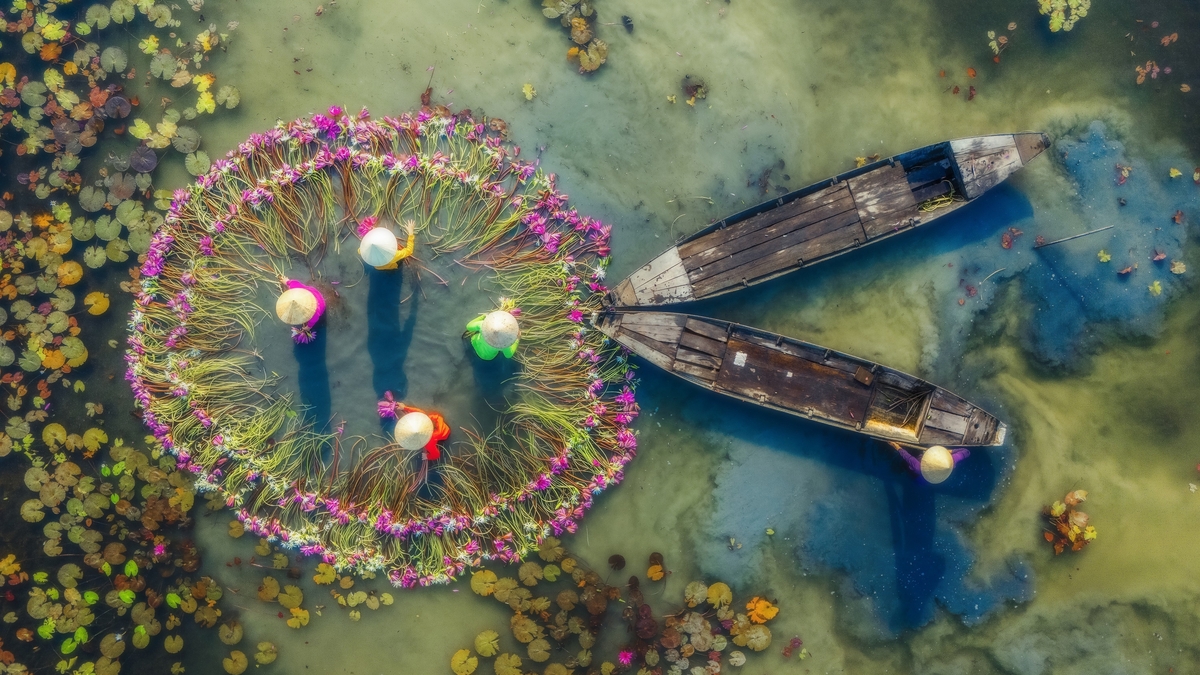

















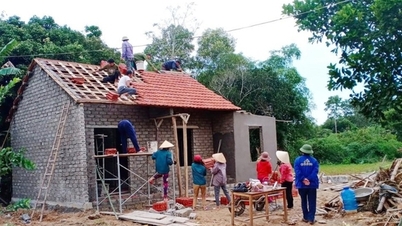




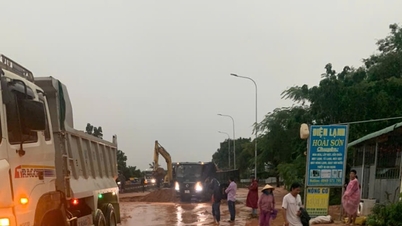





















Comment (0)